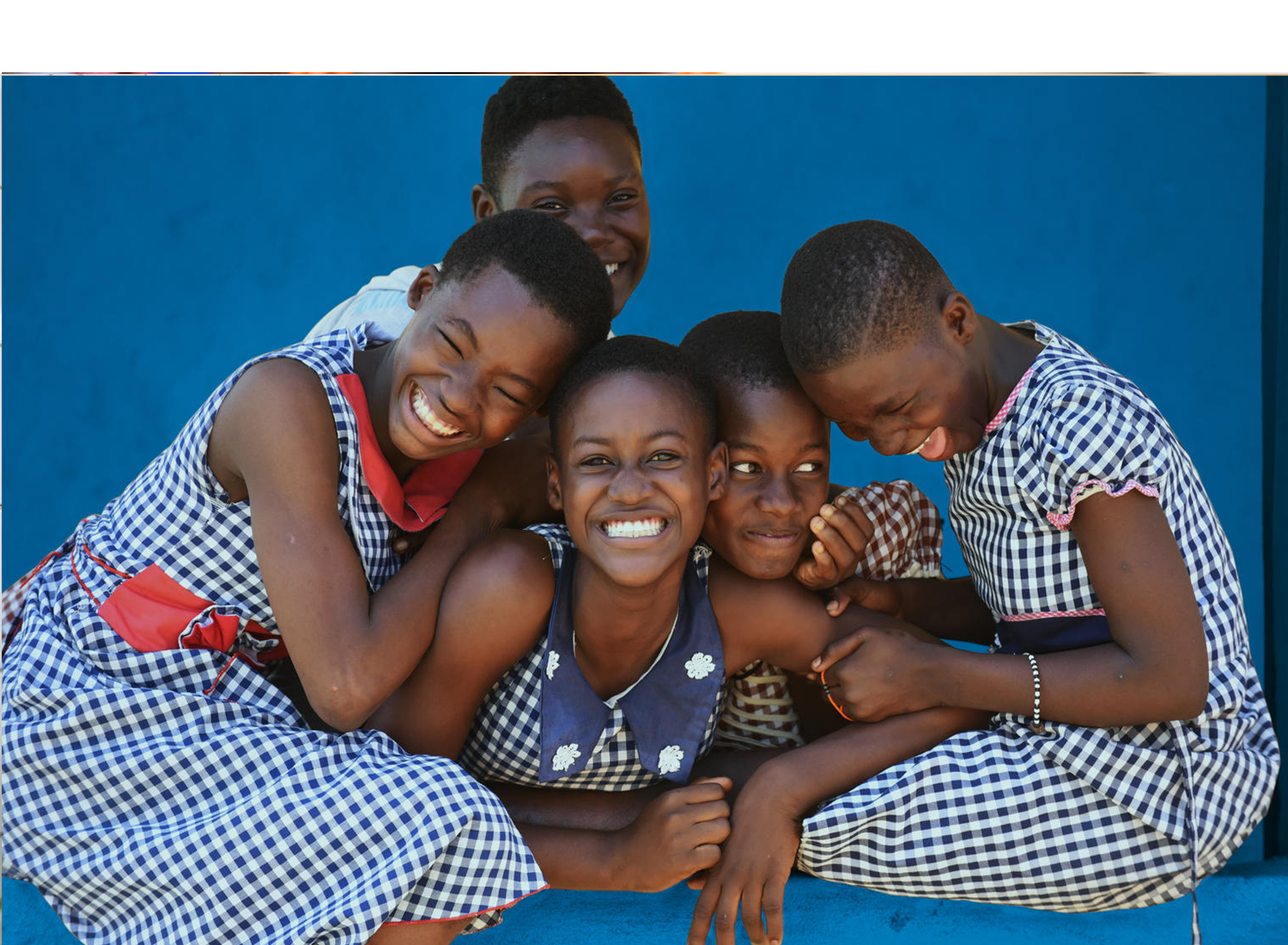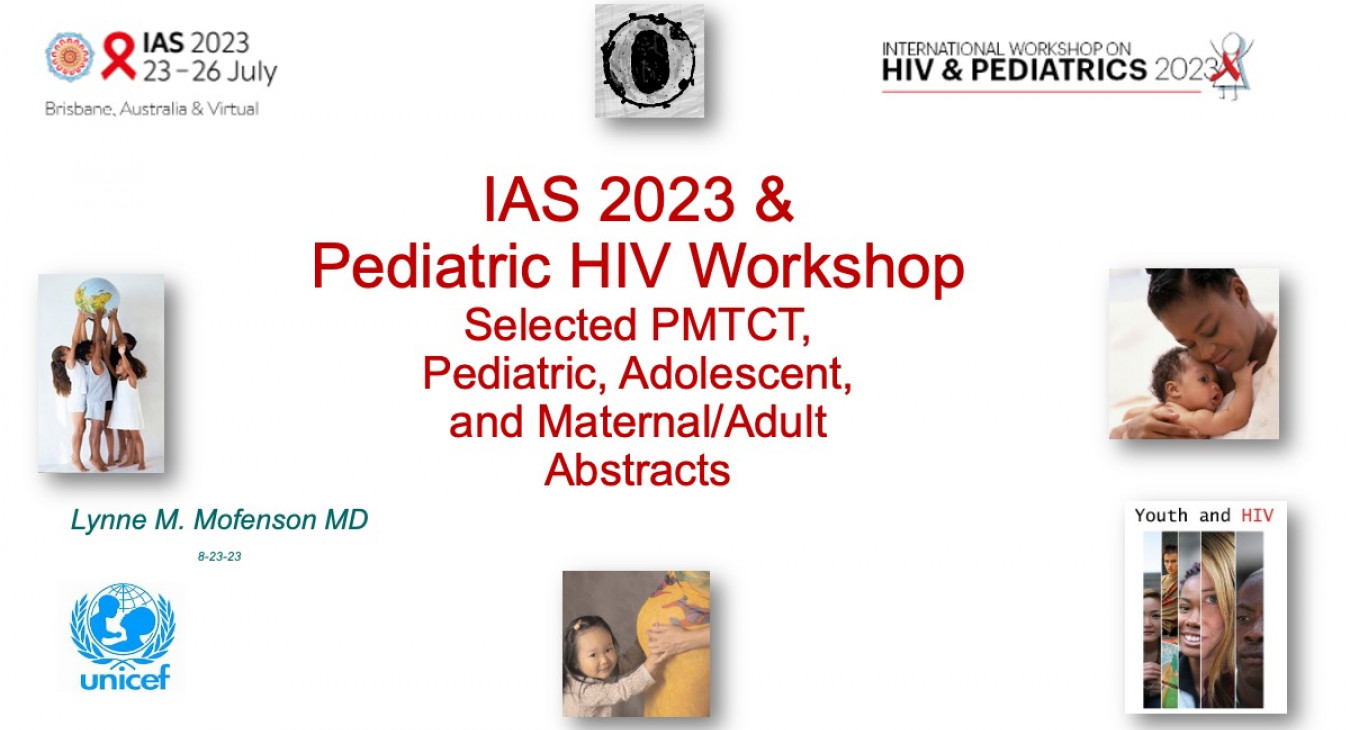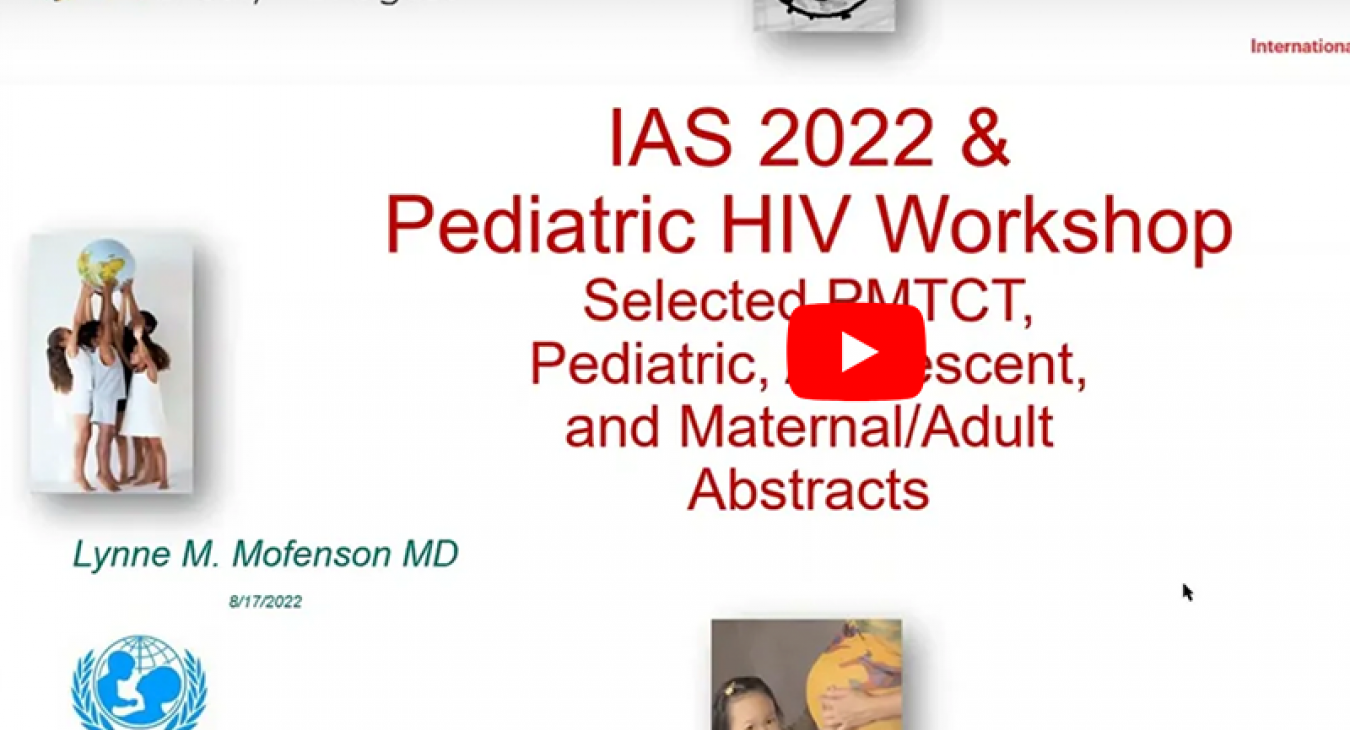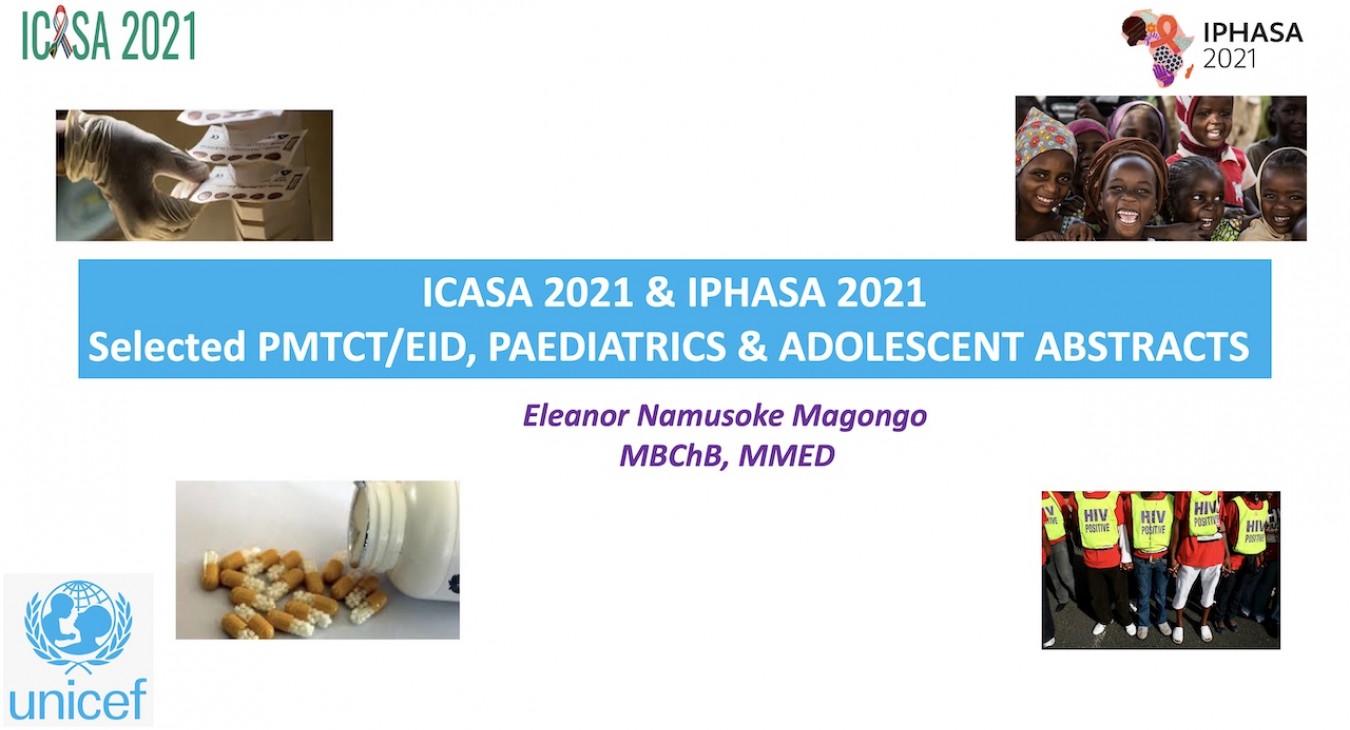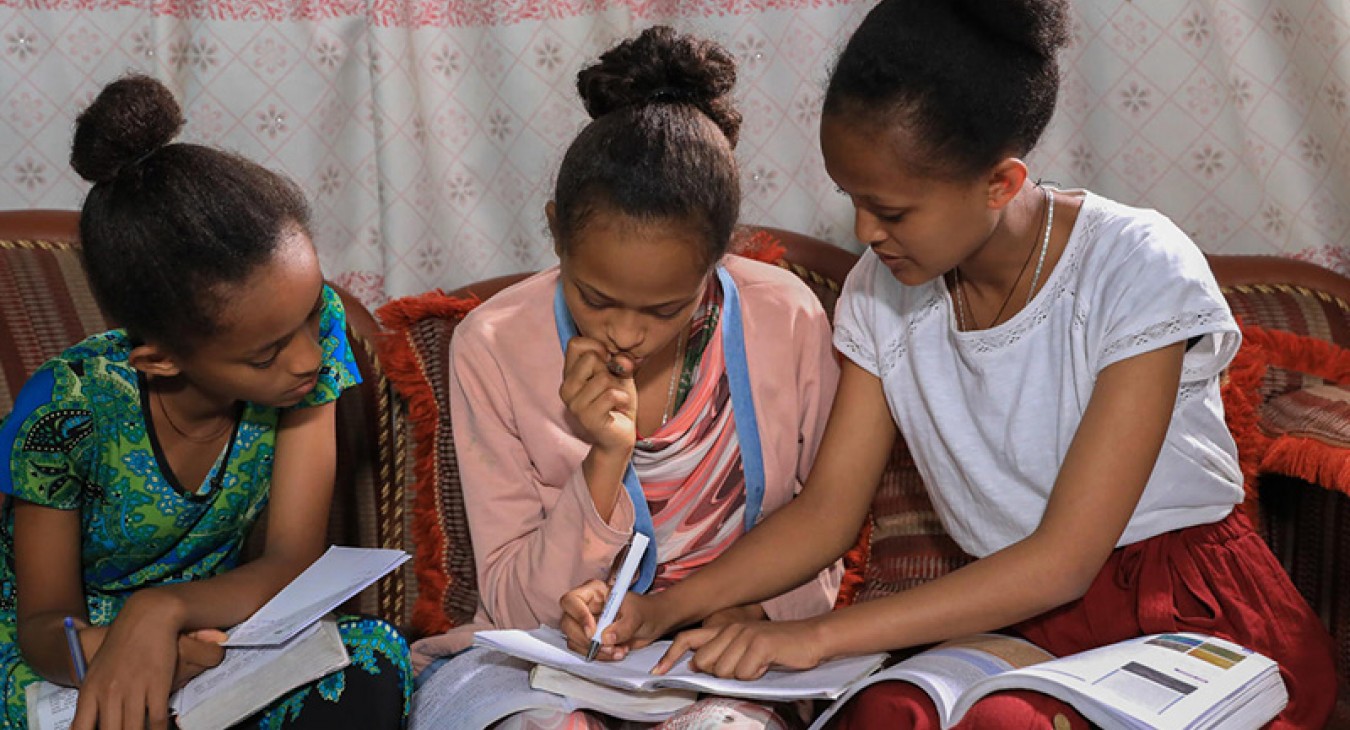With increased investments and promising new prevention tools, HIV prevention is experiencing a renaissance. Yet, the rate of decline in new HIV infections among adolescents remains insufficient to meet global targets. Between 2010 and 2020, there was a 34 per cent decline in new HIV infections among adolescents aged 10 – 19, a far cry from the target of a 75 per cent reduction for this period. These new infections occur against the backdrop of a worrisome demographic dynamic: high fertility rates and increased child survival in many high burden countries has created a rising cohort of adolescents and young adults in the very geographies that need a strong prevention platform the most. Projections show that at the current rate of new infections, without acceleration of efforts and investment, a total of two million adolescents could become newly infected with HIV between 2018 and 2030.
This page contains resources that may be useful for stakeholders working on adolescents and HIV.
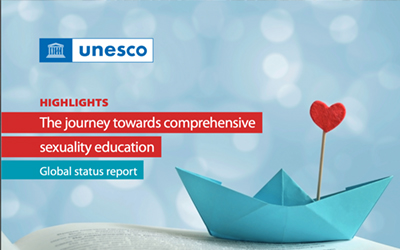
The Journey towards Comprehensive Sexuality Education: Global status report
English - Français - Español
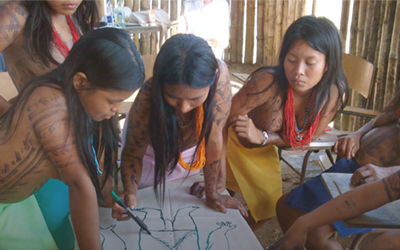
Out-of-School Comprehensive Sexuality Education
Download technical and programmatic guidance

Global Accelerated Action for the Health of Adolescents (AA-HA!)
Download country implementation guidance
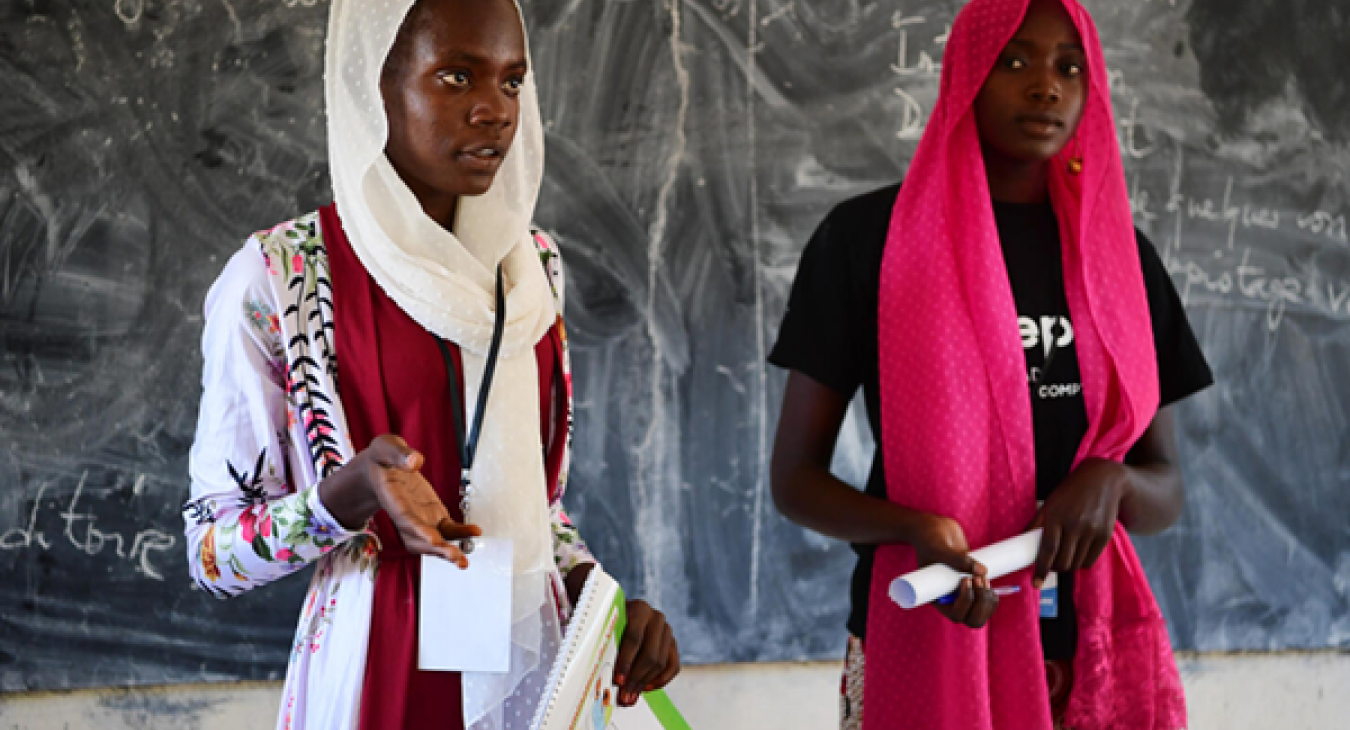
In 2020, an estimated 4,200 young women aged 15 –24 years became infected with HIV each week. Adolescent girls aged 10-19 years accounted for the majority of these new cases. The gender disparities are most acutely felt by adolescent girls in sub-Saharan Africa, where six in seven new HIV infections among adolescents aged 15-19 years occur among girls. Girls and young women in affected communities would benefit from the aggressive scale-up of user-powered prevention methods, alongside a transformation in community norms to enable their empowerment.
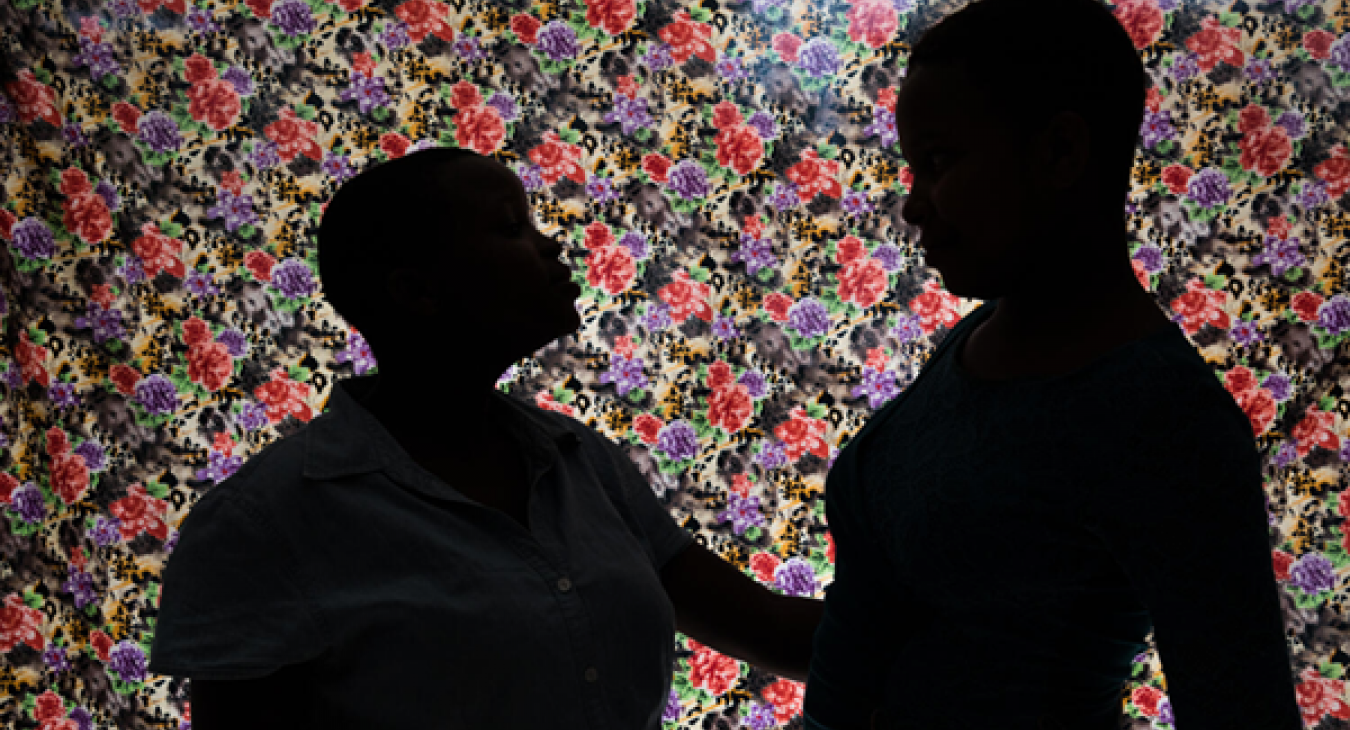
The HIV risk experienced by young key populations under the age of 25 is substantially higher than that of their peers, and is a unique result of their networks, their environment, or their behaviours. In some cases, young key populations have up to 21 times higher risk of HIV infection than the general population. Yet, they are sub-optimally reached by effective combination prevention. In many contexts, these populations also experience significant legal and structural barriers. Youth-powered, trusted-access platforms are particularly promising for offering young key populations access to culturally competent, affirming interventions.
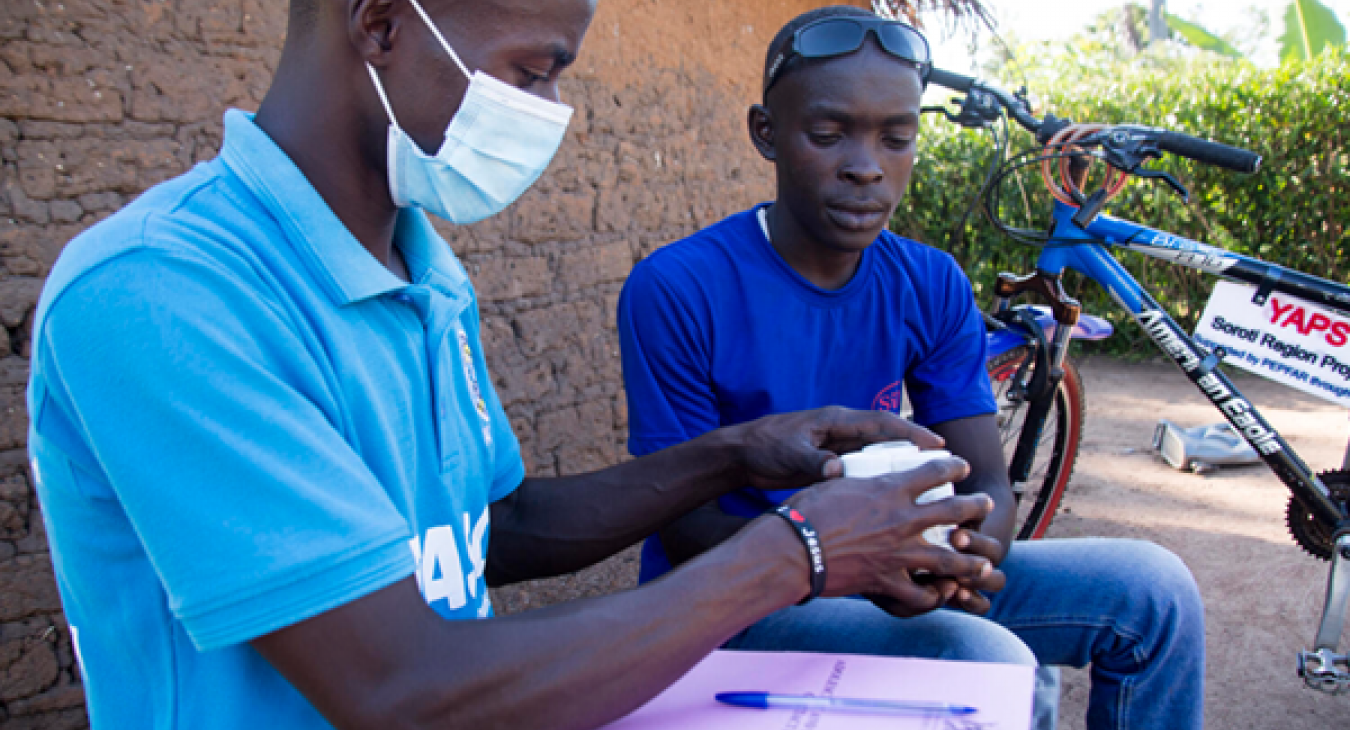
Globally, over 800,000 adolescents living with HIV are not on life-saving highly efficacious antiretroviral treatment. Many of the adolescents living with HIV today were infected with HIV as infants, and in the next decade, millions of children living with HIV will transition into adolescence. The global HIV response must urgently prioritize and scale up adolescent transition readiness support to support optimal outcomes across the continuum of care.
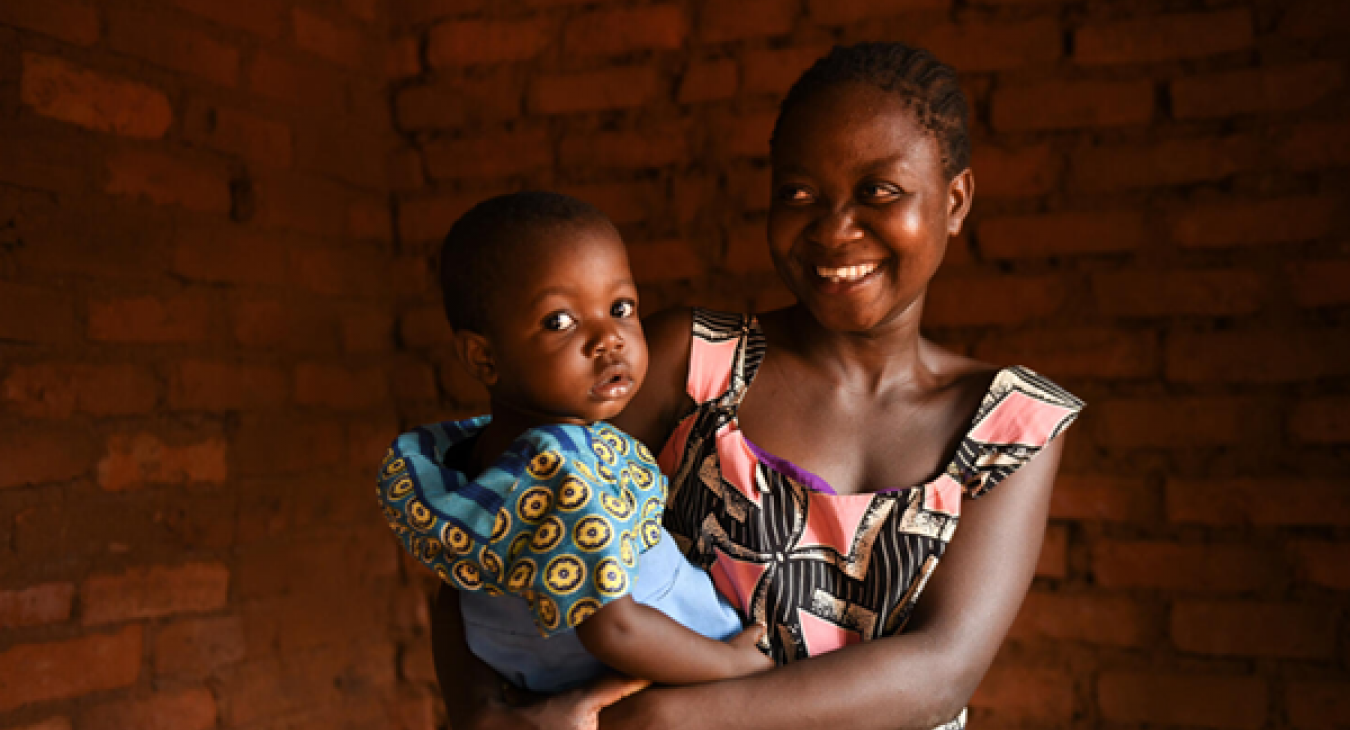
The highest adolescent fertility rates occur in sub-Saharan Africa, at over twice the global rate, coinciding with the disproportionate burden of HIV among adolescent girls and young women. In 2020, there were more than 350,000 new HIV infections among adolescent girls and young women 15–24 years of age in sub-Saharan Africa. Adolescent mother-infant pairs are at elevated risk of poor outcomes across the PMTCT cascade, including an acute vulnerability to new HIV infections for pregnant adolescents not previously affected by HIV.
